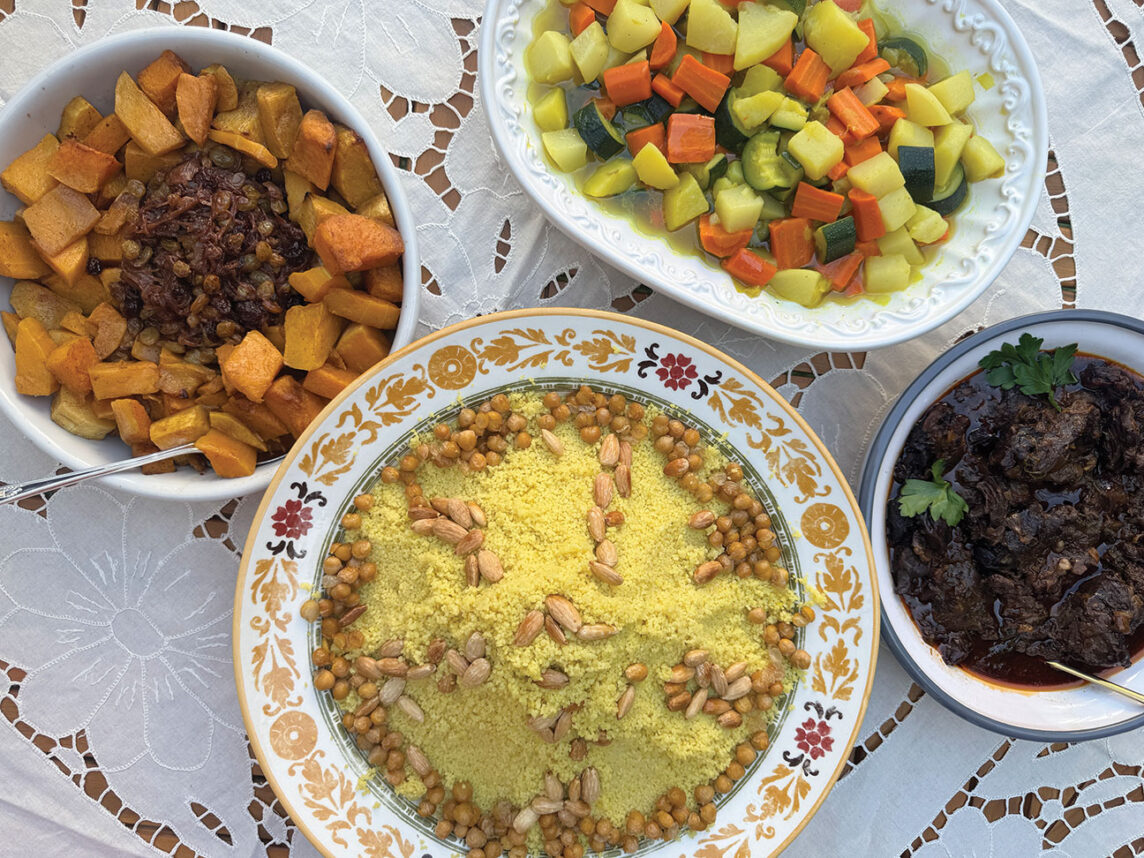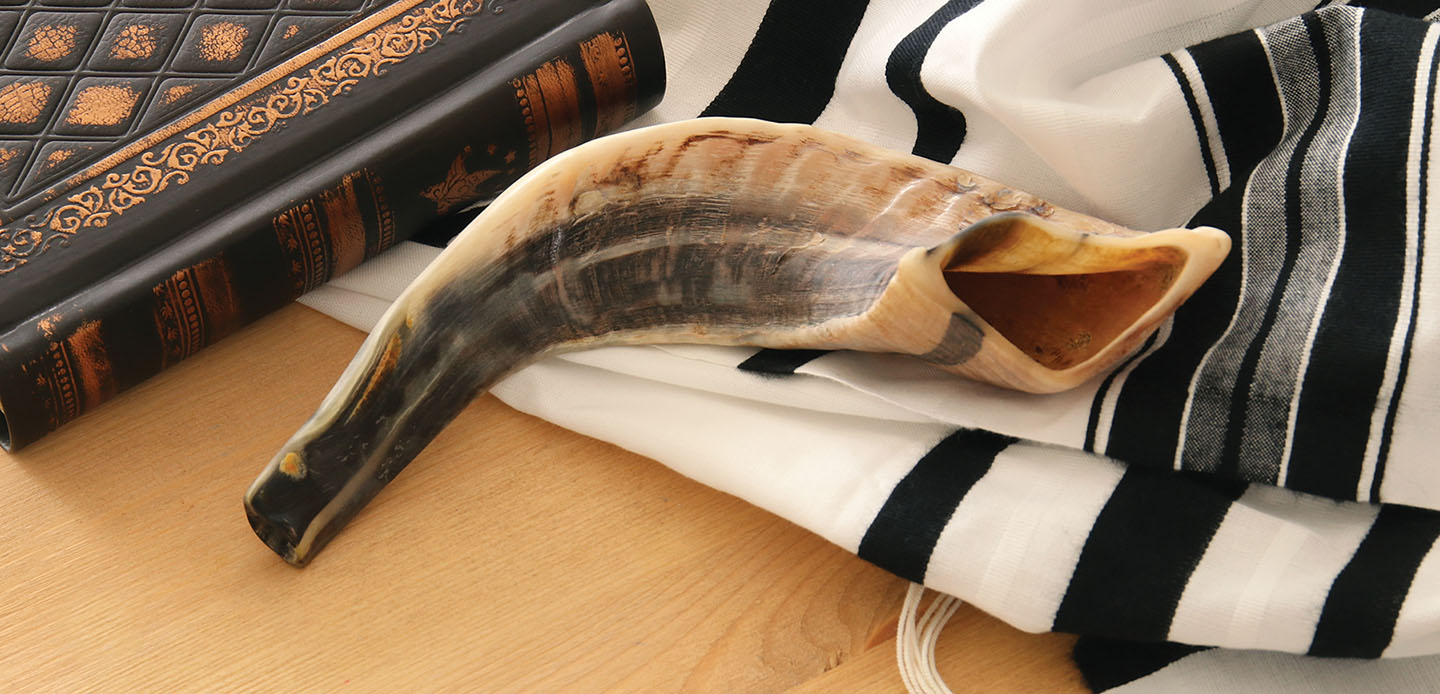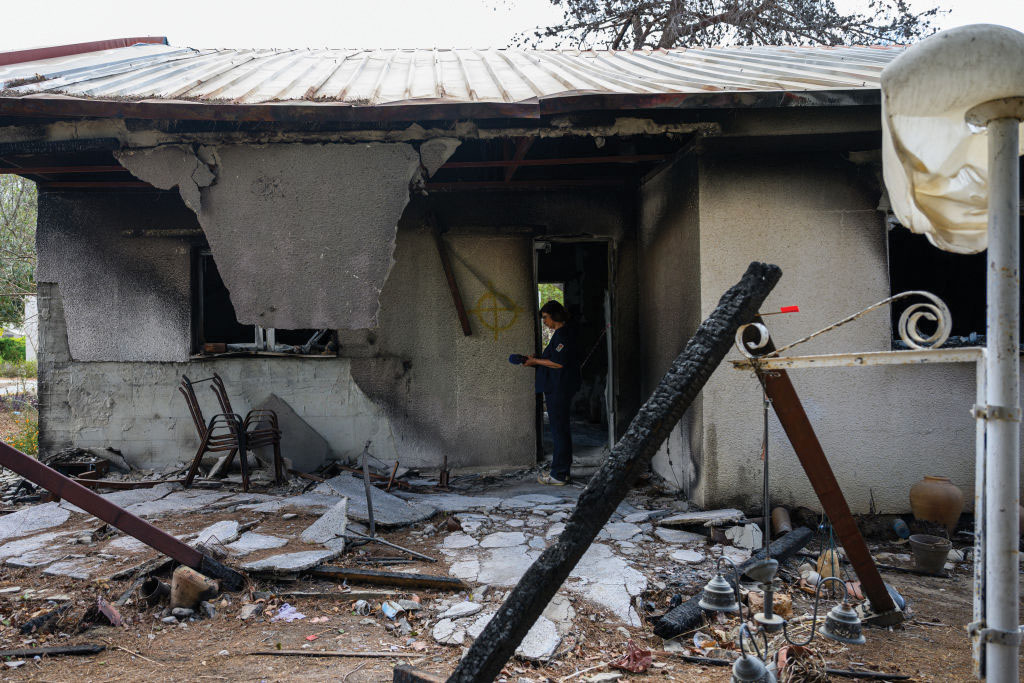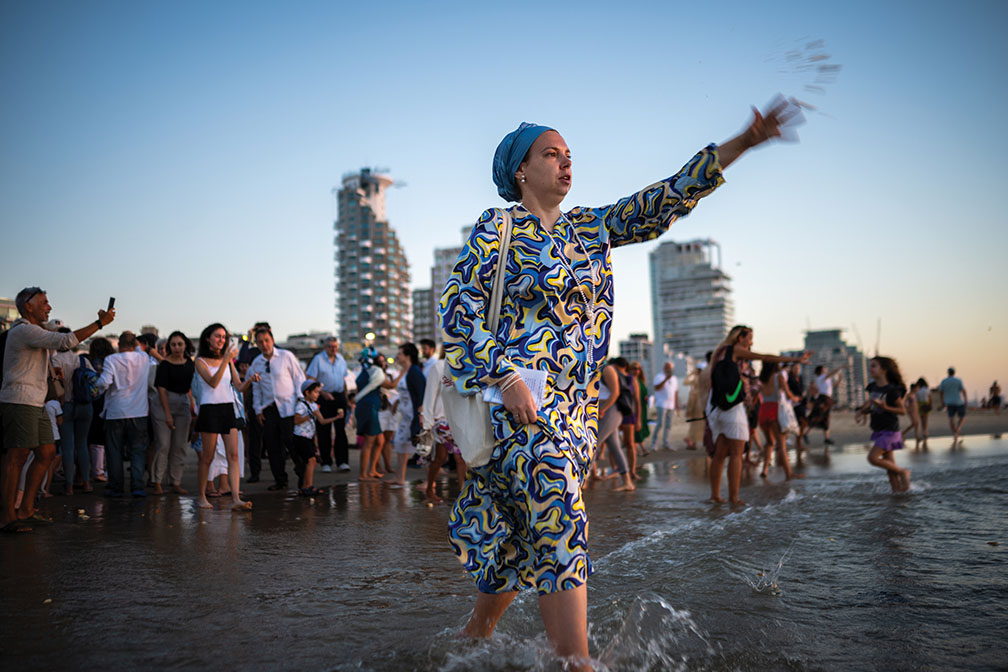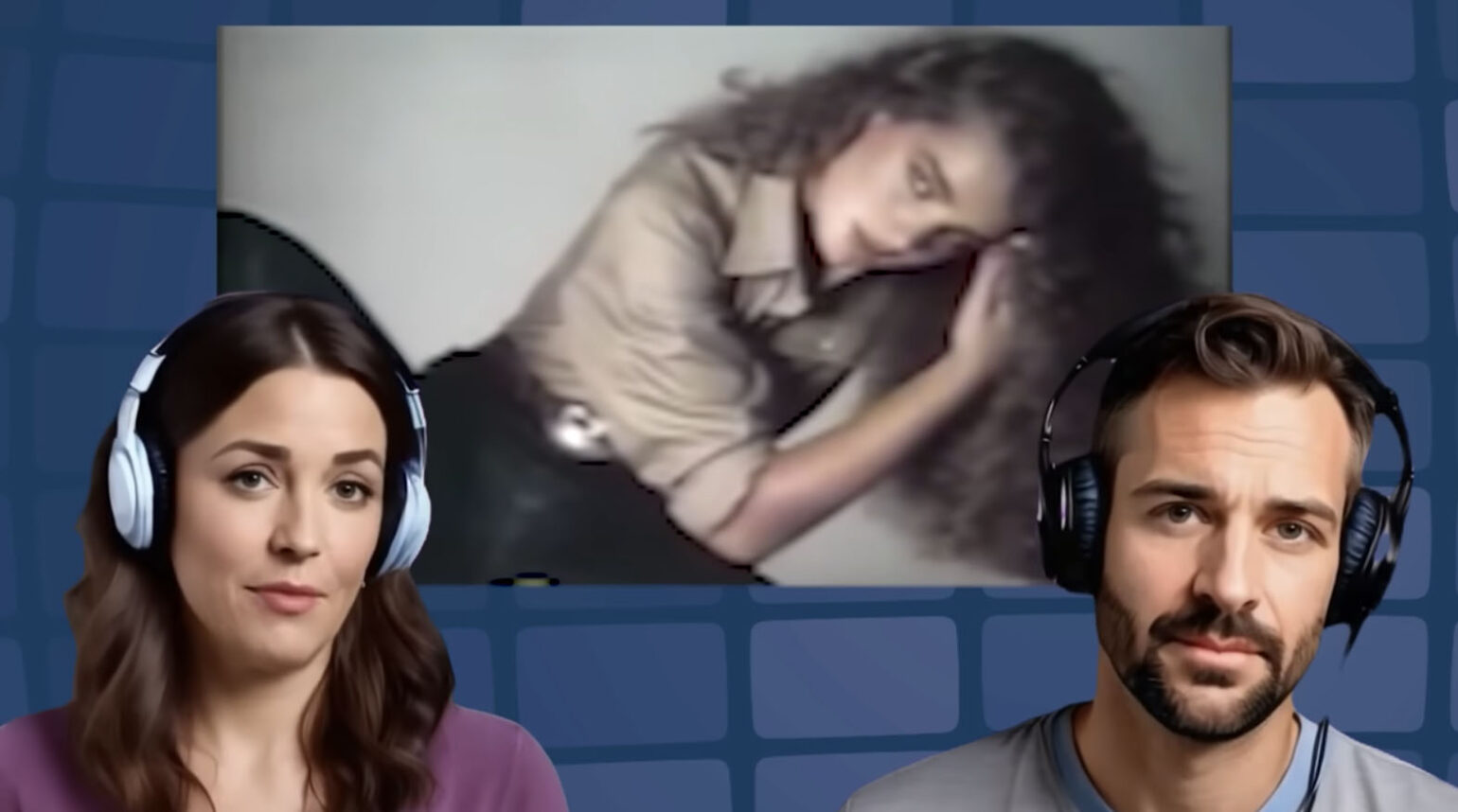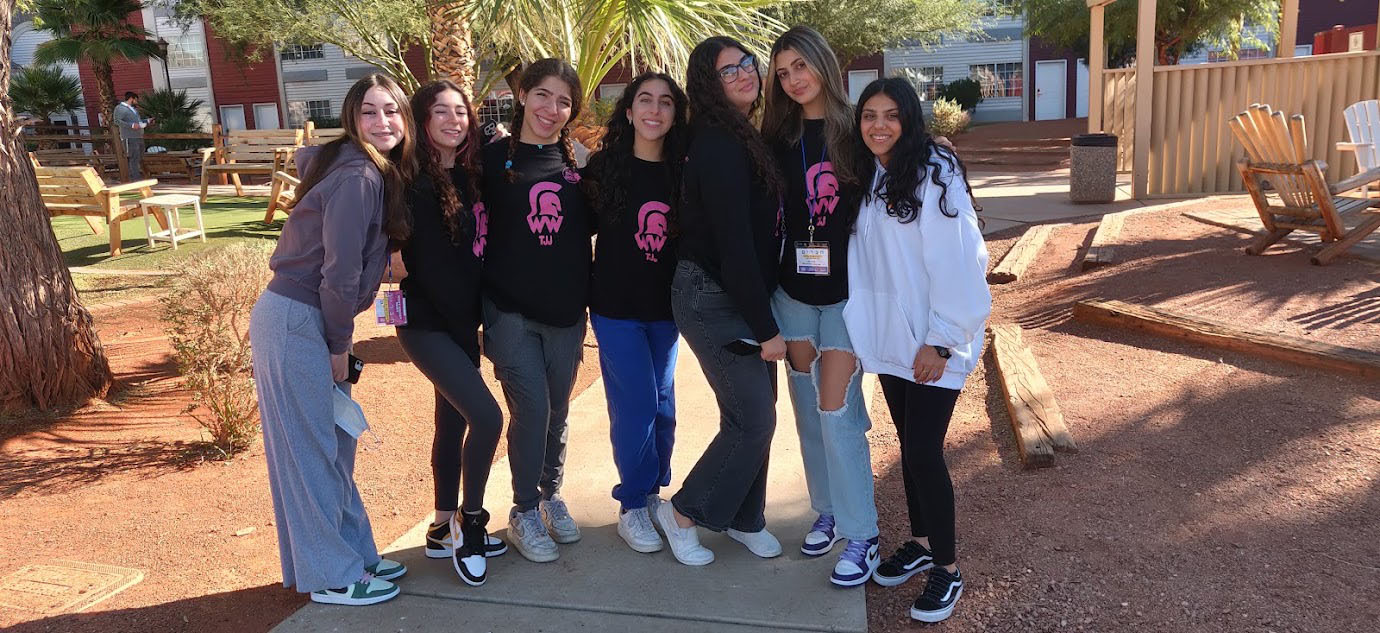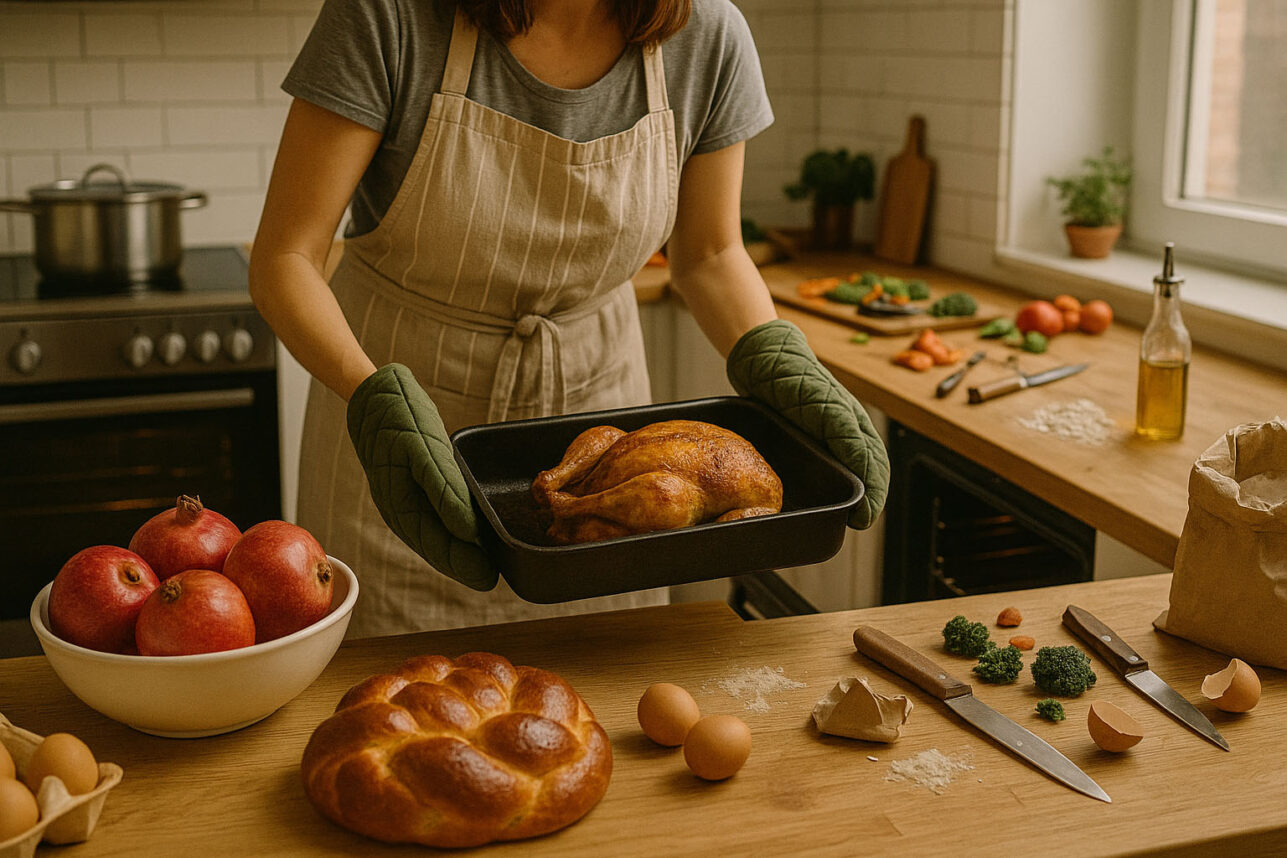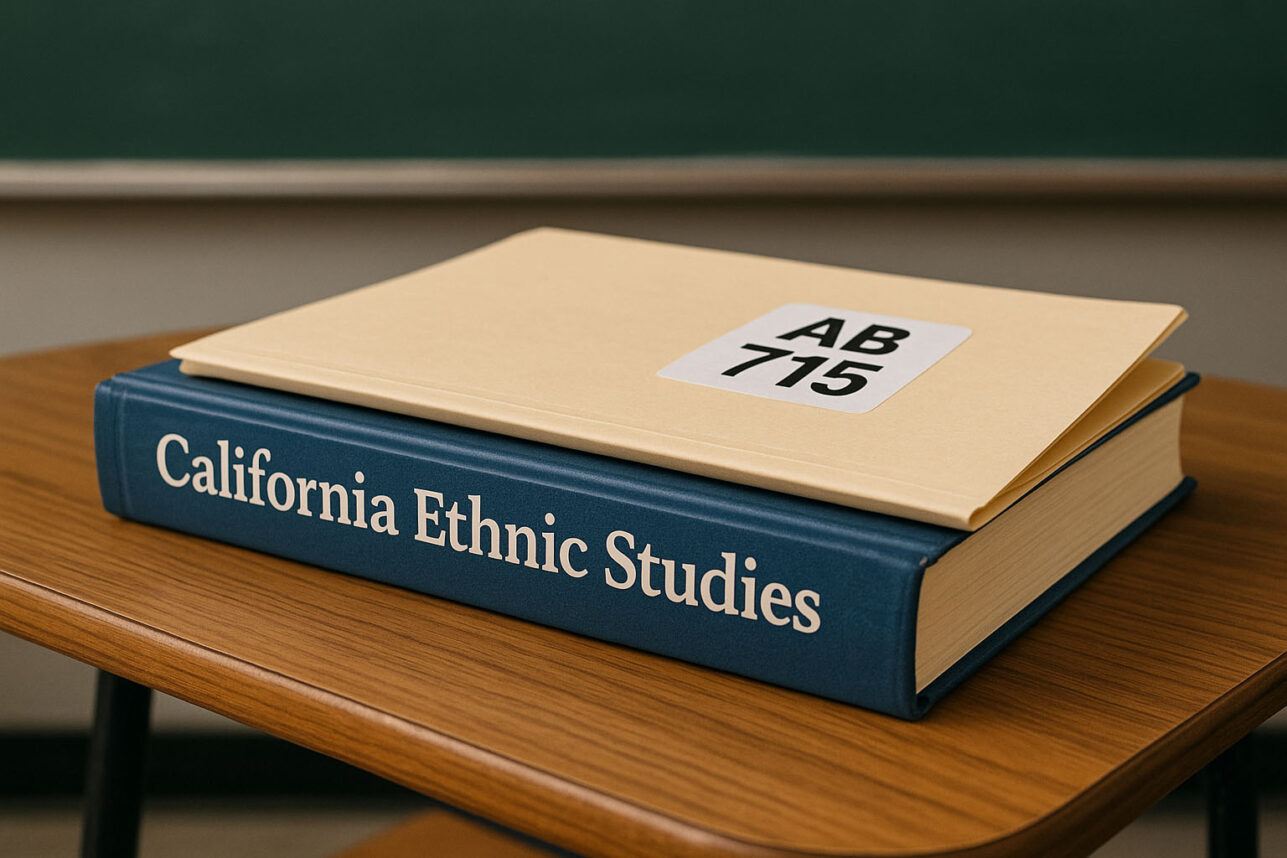When Andrea Kalinowski was a little girl in Montreal, her father had an unusual ritual. Any time the family stopped in a little roadside town, he would find a phone book and search for Cohens. He would inevitably get excited when he found even one, amazed and proud that his people were everywhere.
However, Kalinowski was more skeptical about her connectedness to Judaism. “What really turned me off from Judaism was that it was difficult to be Jewish,” she said.
She also couldn’t relate to the stories of biblical women — the only stories of Jewish women she ever heard.
She worked as a painter for years, focusing on subjects far from her own experience and heritage, such as Asian-themed paintings. But when a museum curator suggested she find her own voice, that her own story would be more powerful, Kalinowski took her words to heart.
The result is Kalinowski’s current exhibition titled, “Stories Untold: Jewish Pioneer Women, 1850-1910.” This time, Kalinowski has chosen quilts as her medium instead of paintings — and Jewish women as her subjects. Nine large-scale canvases hang in the Skirball Cultural Center’s Ruby Gallery, each telling a different aspect of the Jewish woman’s frontier migration story. Excerpts from the women’s diaries capture their voices. These, along with photographs of the women, are printed on a blank canvas with a quilt pattern from the time period. Actual quilt pieces are then sewn onto the canvases, giving the quilts more depth and dimension.
Like her father looking for Cohens, Kalinowski had longed to find the “Mrs. Cohens” who would connect her to her past. Her search became a healing process. “I wanted to know that if I was going to be part of Judaism,” she said,”that Judaism, the culture, was going to reveal to me strong Jewish women. And this is my way of … locating them. Each and every one of them I have a heart connection to, and I’m proud to know.”
The exhibit runs through Sept. 8. For more information,
call (310) 440-4500, or visit
Did you enjoy this article?
You'll love our roundtable.
Editor's Picks
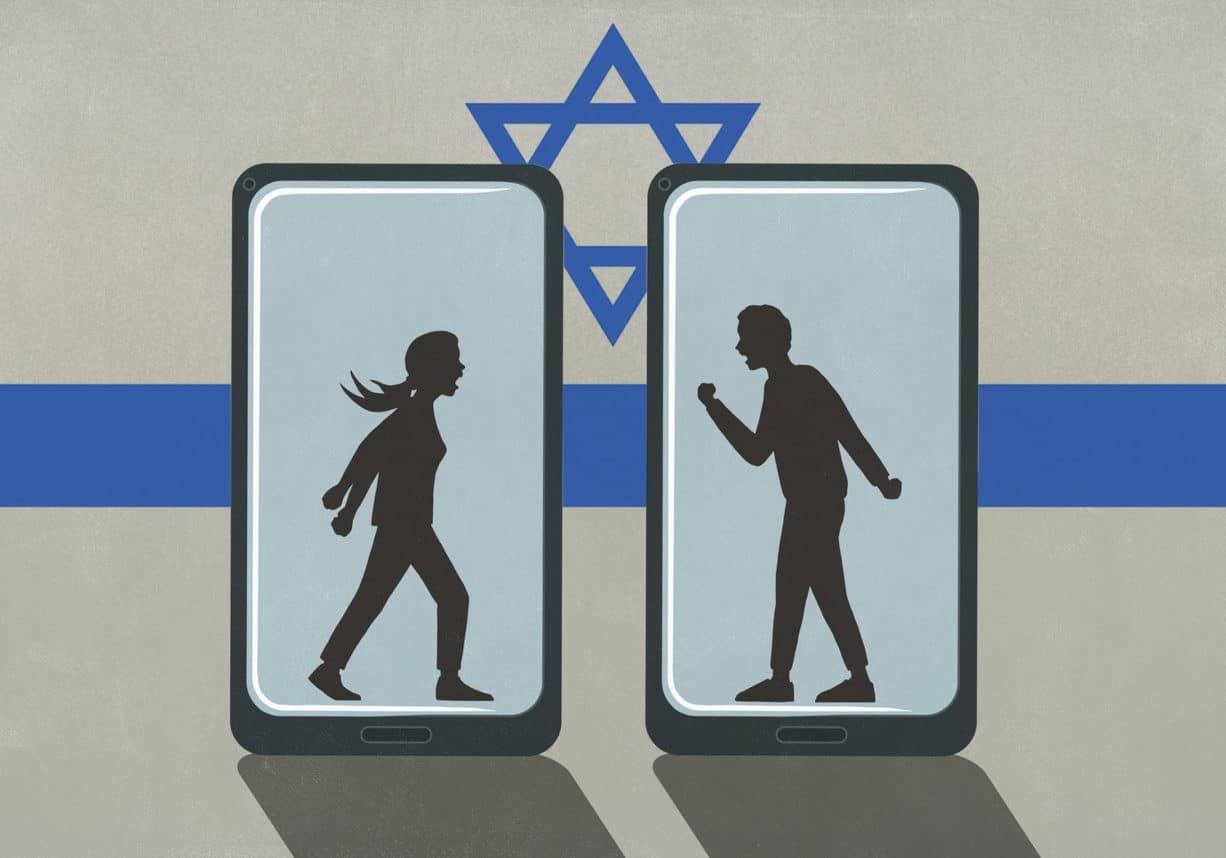


What Ever Happened to the LA Times?
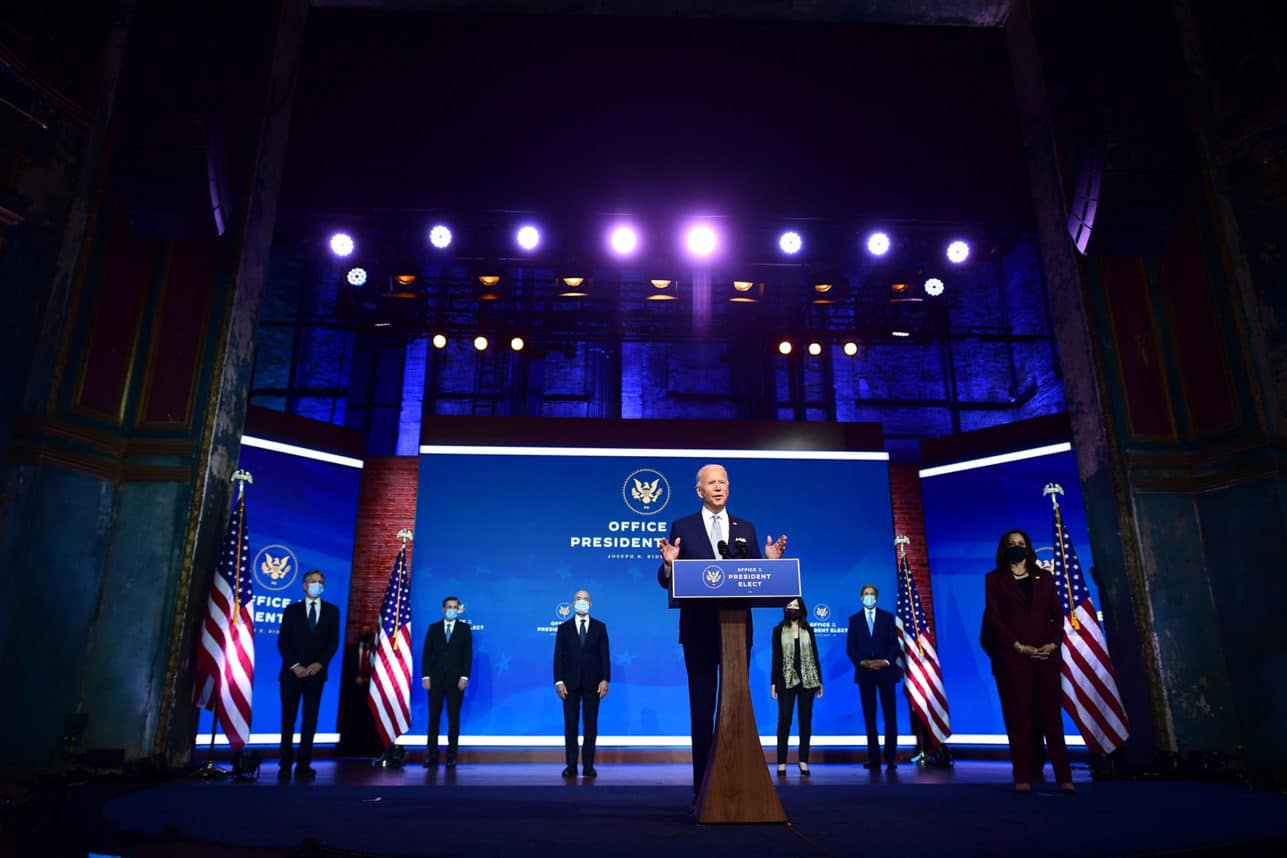
Who Are the Jews On Joe Biden’s Cabinet?


No Labels: The Group Fighting for the Political Center
Latest Articles
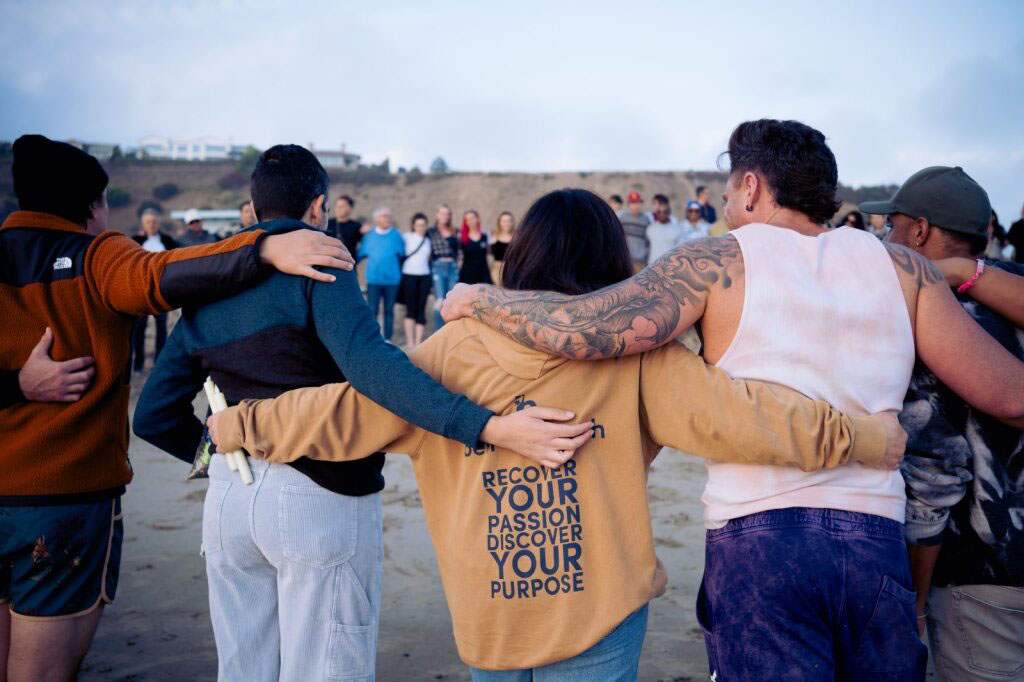
Tashlich Is a Year-Round Practice at Beit T’Shuvah
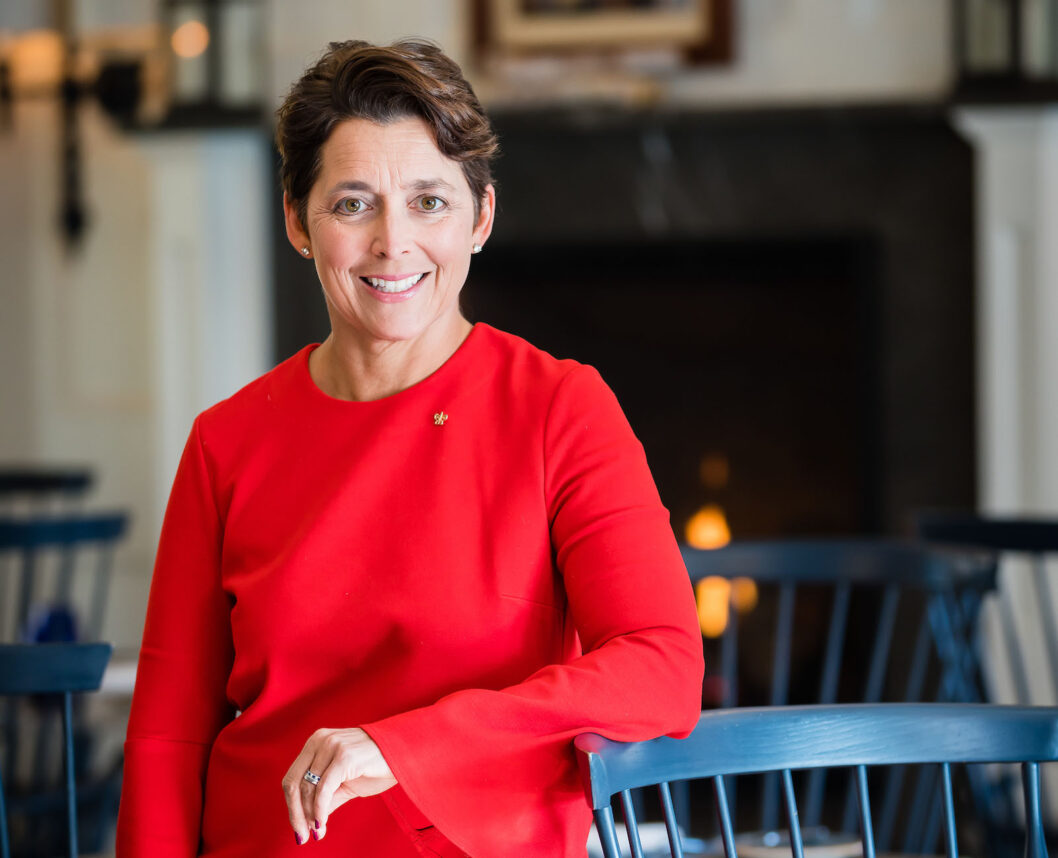

Versatile Muffins for a Sweet New Year
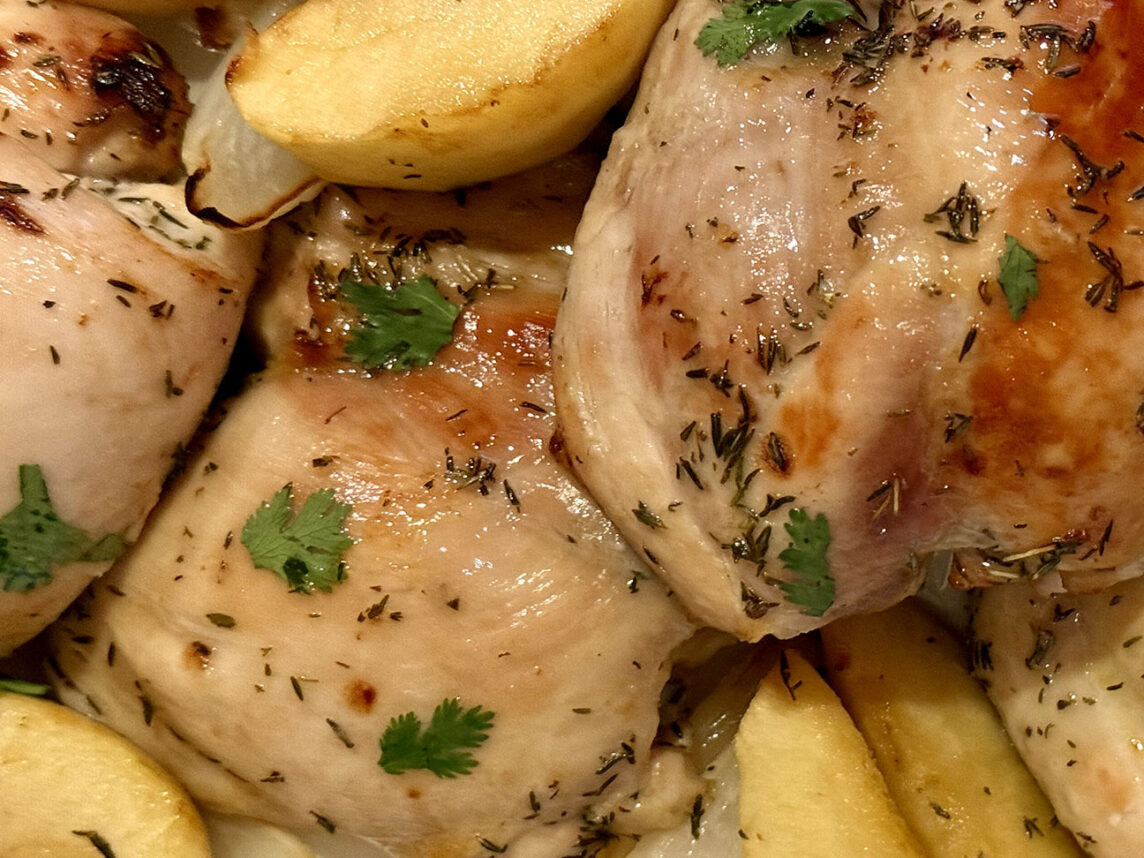
Apples and Honey and Chicken, Oh My!
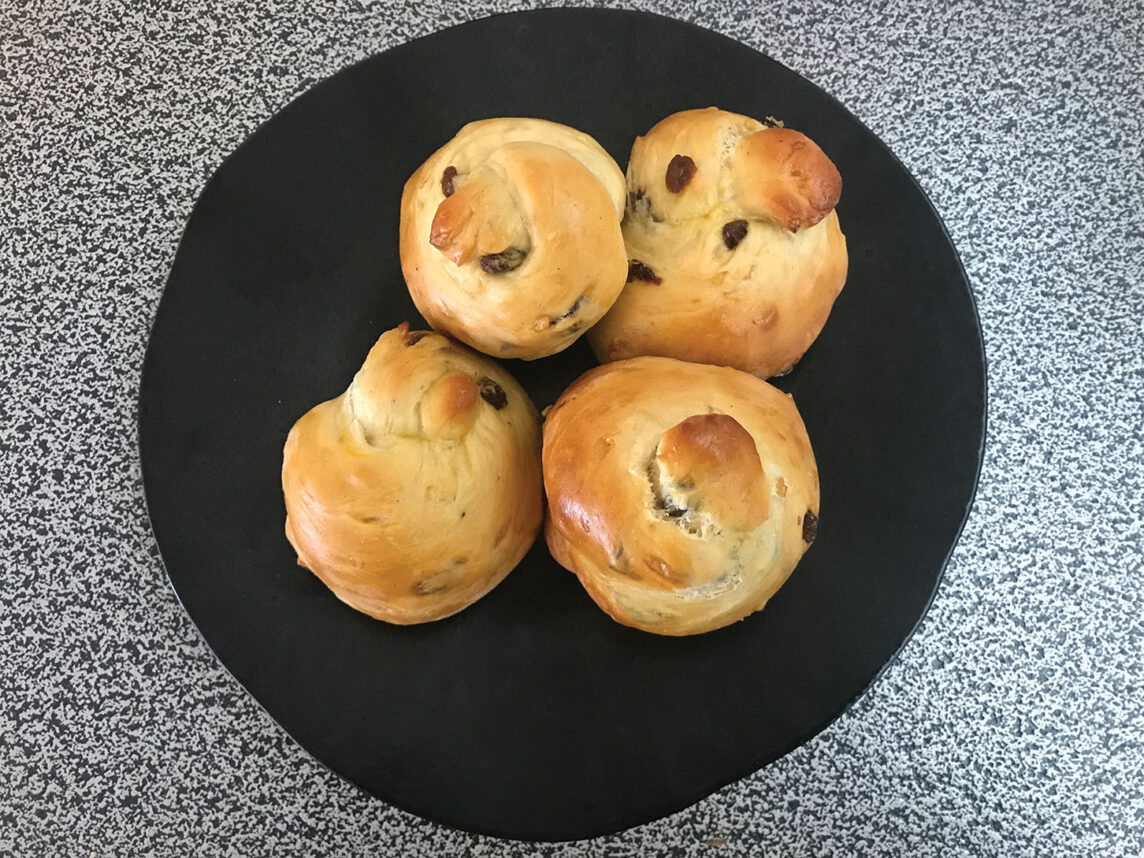
Challah with a Twist for the High Holidays
